In the quest for the perfect espresso shot, the process of tamping—the act of compressing coffee grounds into a portafilter—is pivotal. Traditionally done manually, the introduction of automated solutions like Puqpress has revolutionised this aspect of espresso preparation. This guide delves into the debate between Puqpress and manual tamping, shedding light on their differences, benefits, and impact on espresso quality.
The Manual Tamping Tradition
For years, manual tamping has been the cornerstone of espresso preparation. Baristas meticulously press coffee grounds using a tamper, relying on experience and precision to achieve consistent pressure, essential for an even extraction.
The Puqpress Revolution
Enter Puqpress—an automated tamper that streamlines the tamping process. Designed to deliver consistent and level tamping pressure with minimal effort, Puqpress aims to standardise and expedite the tamping phase, eliminating human error and variability.
Puqpress vs. Manual Tamping: Exploring Differences
- Consistency: Puqpress offers uniform pressure, ensuring consistent tamping, whereas manual tamping's consistency relies on the barista's technique.
- Time Efficiency: Puqpress significantly reduces tamping time, enhancing workflow in high-volume settings, while manual tamping demands more time and skill.
- Pressure Control: Manual tamping provides more control over pressure variations, allowing experienced baristas to adapt to specific coffee characteristics.
- Ergonomics: Puqpress reduces physical strain, promoting better ergonomics for baristas, especially during repetitive tamping tasks.
Impact on Espresso Quality
The debate over Puqpress vs. manual tamping often centres on their effect on espresso quality:
- Uniformity: Puqpress's consistent pressure ensures a more uniform extraction, while manual tamping's variability can potentially lead to nuanced flavours.
- Skill Dependency: Manual tamping relies on barista skill, offering the potential for fine-tuning extractions, while Puqpress ensures standardisation but may limit flexibility.
Finding the Right Fit
Choosing between Puqpress and manual tamping hinges on various factors:
- Volume: High-volume settings benefit from Puqpress's speed and consistency, while manual tamping suits smaller-scale operations and enthusiasts.
- Preference: Baristas seeking hands-on control and the artistry of espresso making may prefer manual tamping, while those valuing efficiency and consistency might opt for Puqpress.
Conclusion: Balancing Tradition & Technology
The debate between Puqpress and manual tamping isn't about choosing a winner; it's about finding harmony between tradition and technology. Both methods have their merits, catering to different needs and preferences in the pursuit of crafting the perfect espresso shot.
Whether embracing the artistry of manual tamping or adopting the precision of Puqpress, the ultimate goal remains the same: delivering an exceptional espresso experience that captivates the senses and delights the palate.


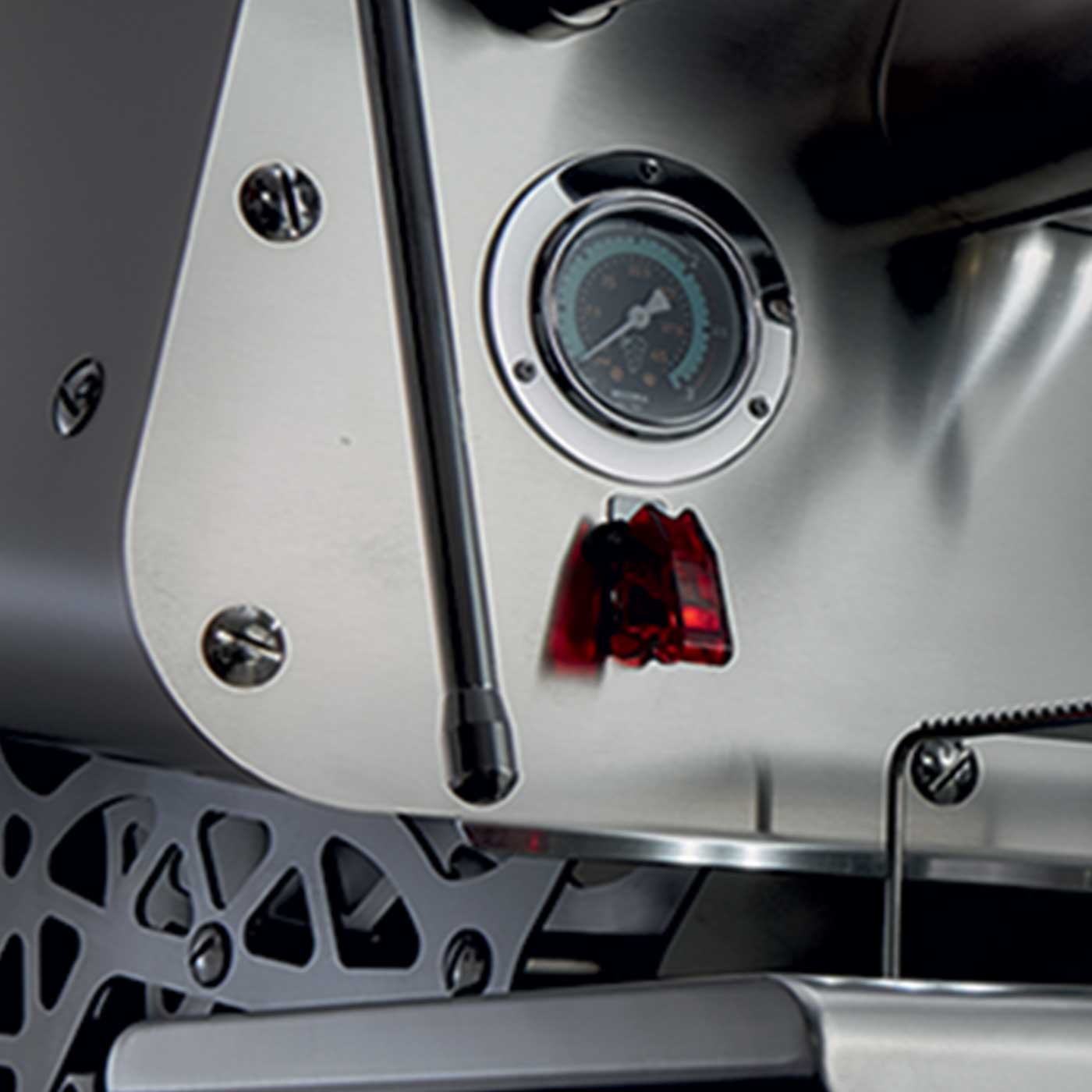
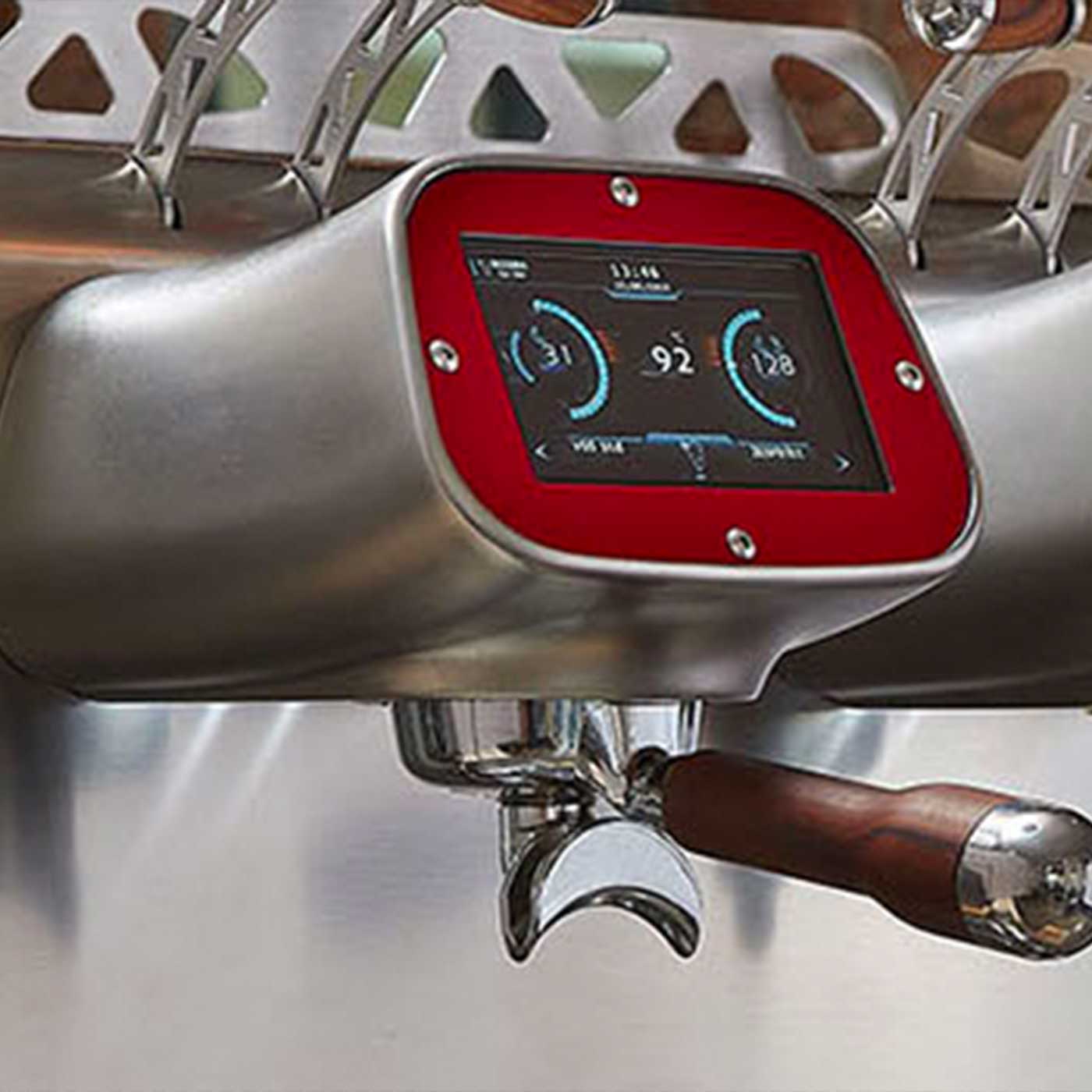

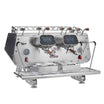
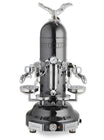
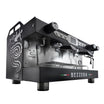
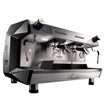
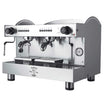
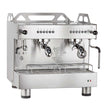
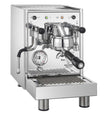
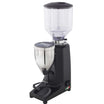
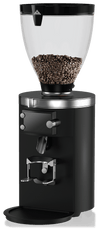

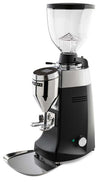
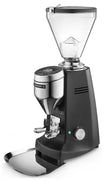



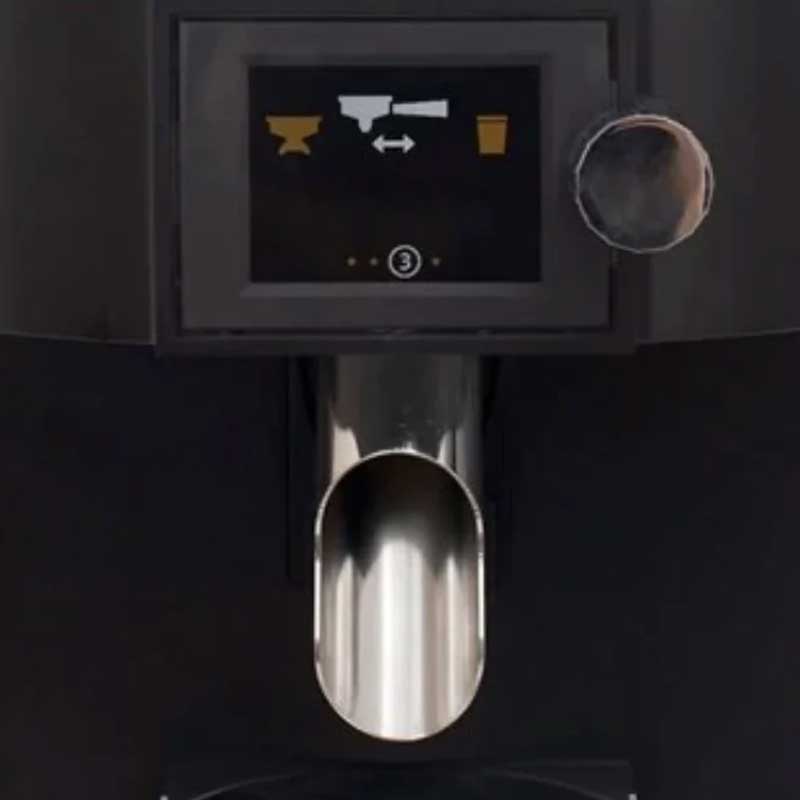
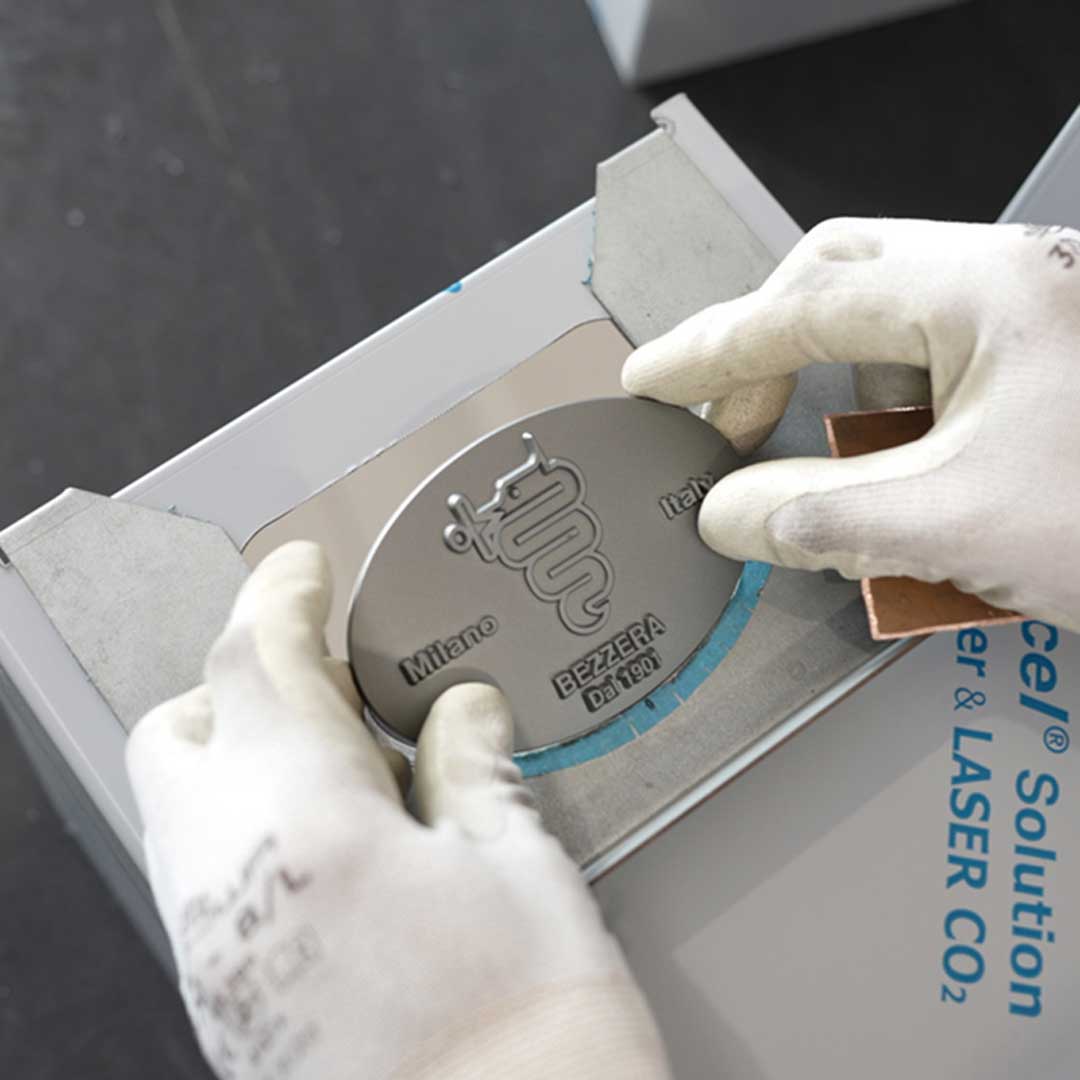
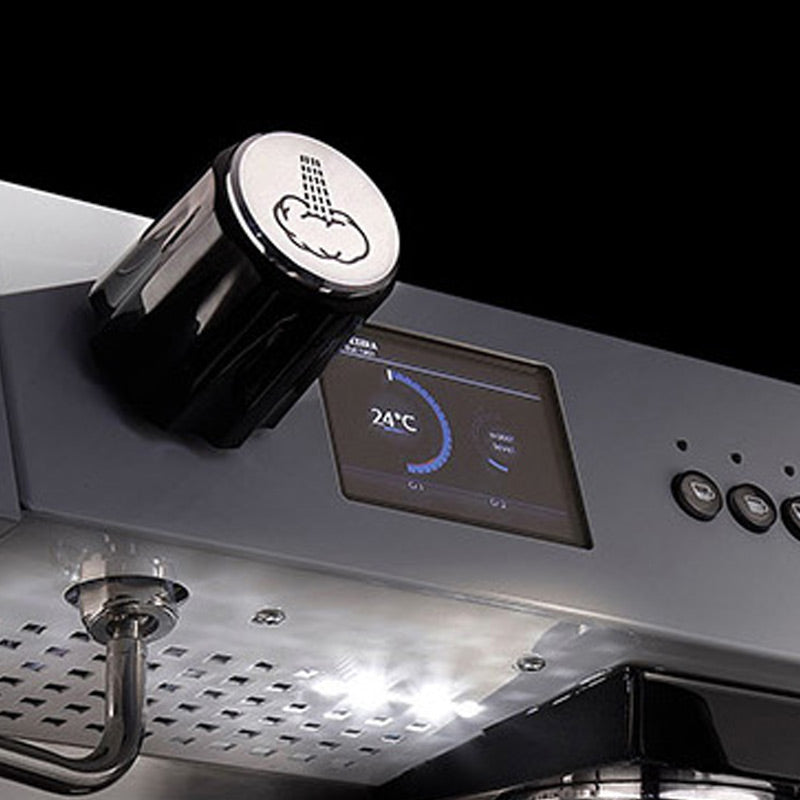
Leave a comment
This site is protected by hCaptcha and the hCaptcha Privacy Policy and Terms of Service apply.